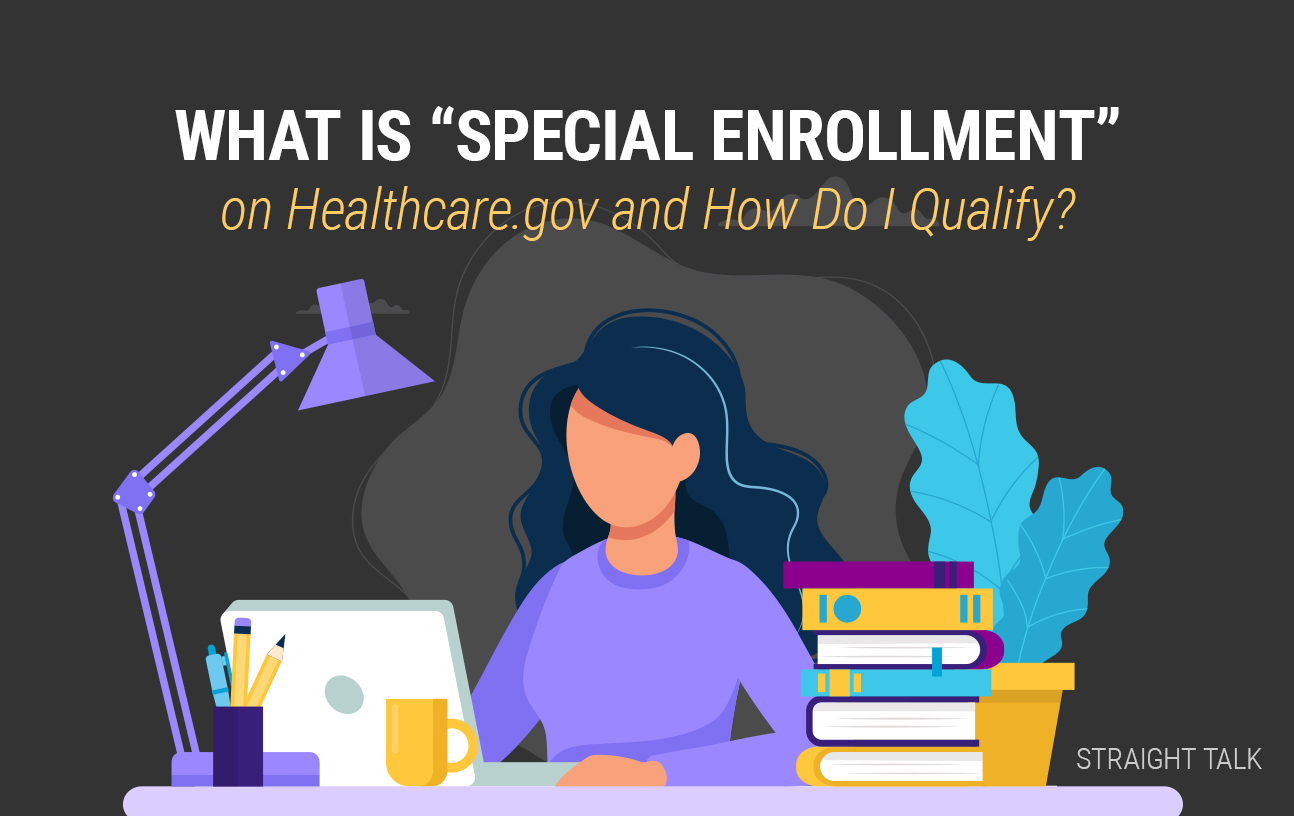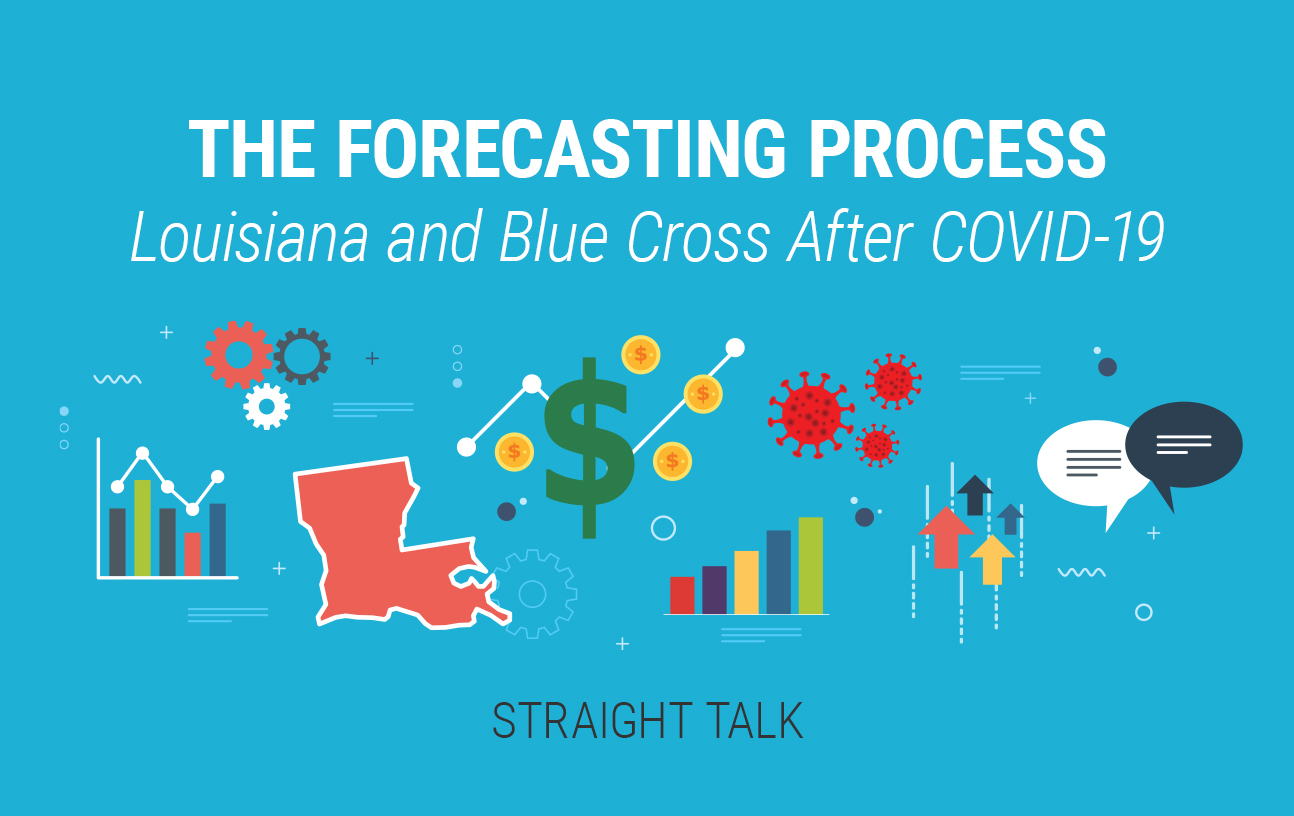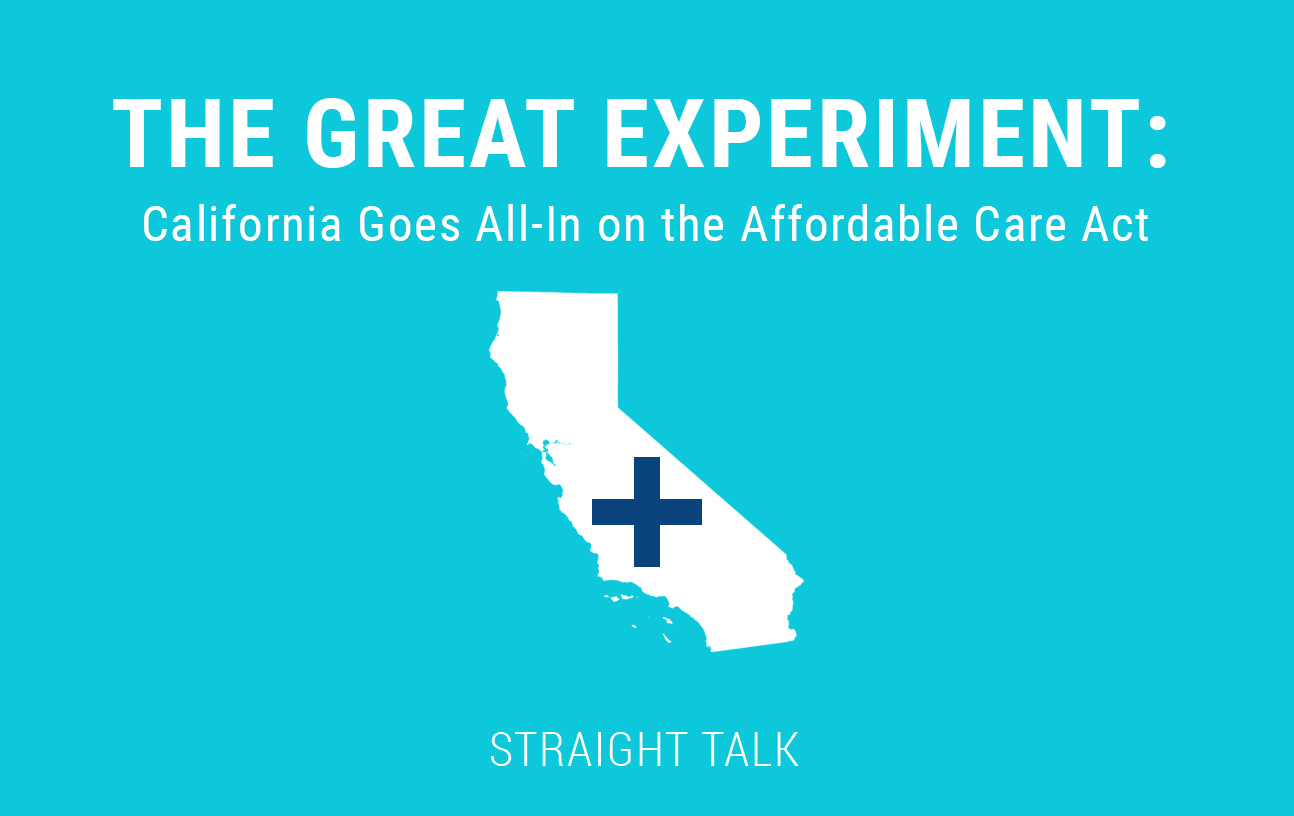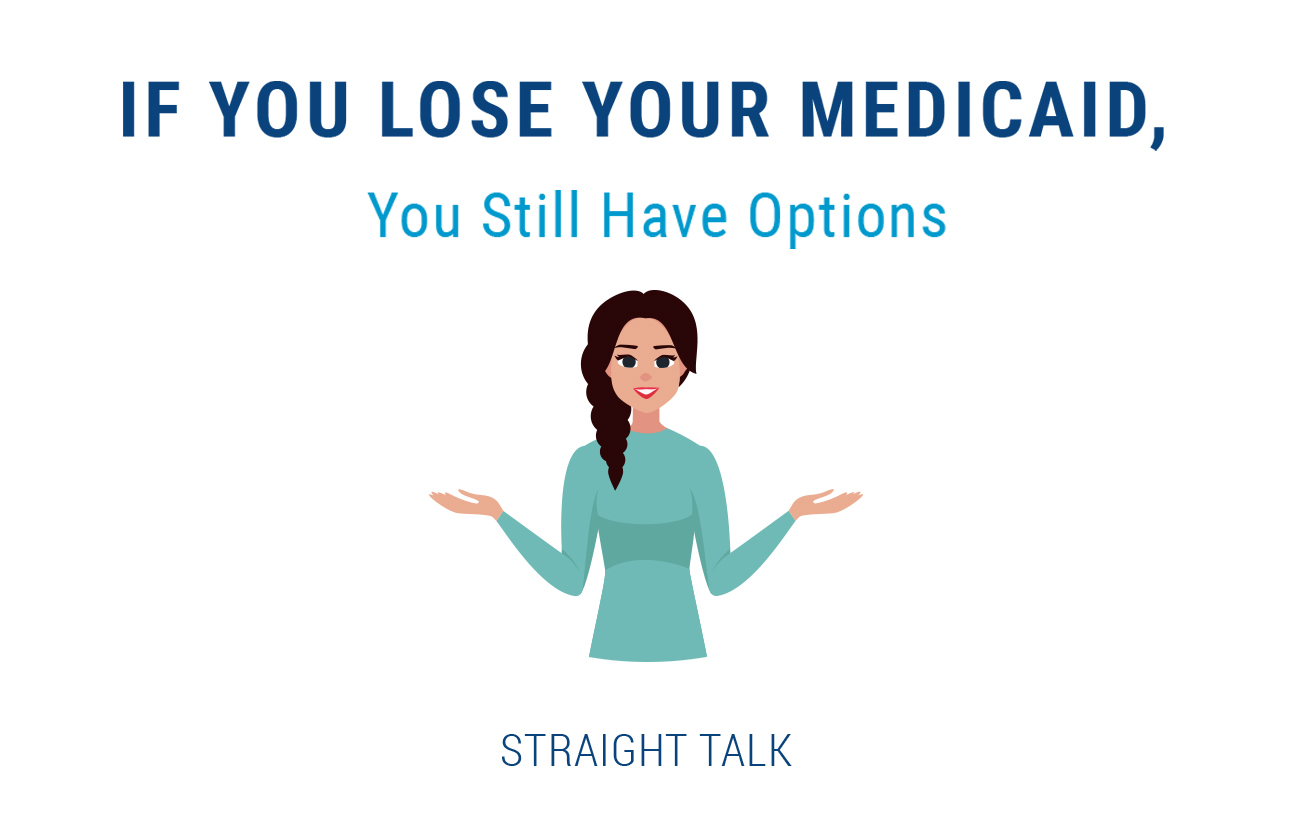February 2024 Volume 21
Industry News
Blue Cross Small Group Underwriting Rules
Industry News

Here's the latest of this evolving situation. But from what we know now, this is the new way.
What’s “Special Enrollment” on Healthcare.gov and How Do I Qualify?
Industry News

Sometimes, dealing with a big bureaucracy with a ton of rules can be really, really frustrating. Dealing with lots of rules and regulations often makes folks want to tear their hair out. Life can be pretty complex on its own, without tons of rules to follow.
The Forecasting Process: Louisiana and Blue Cross After COVID-19
Industry News

As healthcare economist for Blue Cross and Blue Shield of Louisiana, I figure my job looks pretty mundane to most people. Above all things, my job is studying, understanding, reporting and predicting, in that order.
COVID 19 Testing For Return to Work Strategies
Industry News
Advisory Letter 2020-02: SMALL GROUP COVERAGE OF HUSBAND-AND-WIFE GROUPS UNDER THE LOUISIANA INSURANCE CODE
Industry News

Advisory Letter 2020-02 describes the requirements of the Louisiana Insurance Code in determining the group status of husband-and-wife groups.
Digital ID Cards Now Available - BCBSLA
Industry News

Well before the COVID-19 public health emergency struck our state, Blue Cross and Blue Shield of Louisiana was working to provide digital ID cards for our members. Blue Cross members may now access their ID cards from their mobile device and online through the member portal.
Donelon Issues Emergency Rule 37 to Address Telemedicine and Network Adequacy
Industry News

Commissioner Jim Donelon issued Emergency Rule 37 to address the statewide public health emergency declared to exist in the state of Louisiana as the result of the imminent threat posed to Louisiana citizens by COVID-19.
Blue Cross Meeting Emergency Rule 36
Industry News

As you know, our state continues to battle the spread of the coronavirus (COVID-19). Here at Blue Cross and Blue Shield of Louisiana, we’re doing everything we can to minimize the virus’ impact on our members—your customers.
What We Know, and What We Don’t Know, About the Coronavirus (COVID-19)
Industry News

In case you missed it, it’s cold and flu season. Hopefully, you are following the advice medical and public health professionals have been giving for years: Get your flu shot, wash your hands regularly, avoid huge crowds, try not to touch your face and, for God’s sake, keep your fingers out of your nose!
The Great Experiment: California Goes “ALL-IN” on the Affordable Care Act
ACA and Policy

When states approach healthcare reform nowadays, they can engage a wide variety of responses to the particular problem of how to stabilize their individual marketplaces and keep costs down for their residents.
If You Lose Your Medicaid, You Still Have Options
Industry News

The headlines can be pretty stark, and scary: 82K Louisiana Medicaid Patients Could Be Booted from Program… (Associated Press, Oct. 11, 2019)
Employer health plan spending jumped 4.4% in 2018
Industry News

Per capita health spending for the 160 million Americans in employer-sponsored health plans grew by 4.4% in 2018, the third consecutive year of increases above 4%, according to the latest annual spending report by the Health Care Cost Institute.
Is selling insurance to young people that challenging?
Industry News

Young people can sometimes seem like a mystery to people from older generations (and vice versa), but it’s no secret that they have a not-insignificant amount of spending power.
Significant Wins for Independent Agents through Big ‘I’ 2019 Federal Advocacy
Industry News

2019 was a banner year for Big “I” federal advocacy with tangible results for Big “I” member agencies.
Federal Health Insurance Exchange Weekly Enrollment Snapshot: Week 2
Industry News
In week two of the 2020 Open Enrollment period, 754,967 people selected plans using the HealthCare.gov platform. As in past years, enrollment weeks are measured Sunday through Saturday. Consequently, the cumulative totals reported in this snapshot reflect one fewer day than last year.
Federal Health Insurance Exchange 2020 Open Enrollment
Industry News
The Federal Health Insurance Exchange (also known as the Marketplace) Open Enrollment Period runs from November 1, 2019 to December 15, 2019, for coverage starting on January 1, 2020. Similar to previous years, the Centers for Medicare & Medicaid Services (CMS) is taking a strategic and cost-effective approach to inform individuals about Open Enrollment, deliver a smooth enrollment experience, and use consumer feedback to drive ongoing improvements across the Exchange platform.
2020 Medicare Parts A & B Premiums and Deductibles
Industry News
On November 8, 2019, the Centers for Medicare & Medicaid Services (CMS) released the 2020 premiums, deductibles, and coinsurance amounts for the Medicare Part A and Part B programs.
Get Contracted With All of Our Carriers
- ©2025 Group Insurance, Inc. of LA



